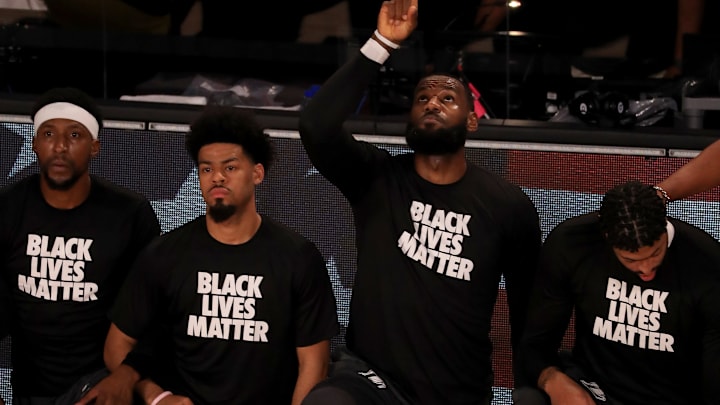The Role of Fashion in Political Statements and Activism

Fashion has long been a vehicle for political statements and activism, allowing individuals and movements to express their beliefs, challenge the status quo, and raise awareness about social and political issues. From suffragette white to the pink pussy hat, clothing has been used as a powerful tool for protest and change.
One of the earliest examples of fashion as a political statement can be traced back to the suffragette movement in the early 20th century. Suffragettes used fashion strategically, adopting white clothing to symbolize purity and virtue, which helped to counter negative stereotypes about women’s rights activists. The color white became a unifying symbol of the movement, and suffragettes wore it proudly as they campaigned for women’s right to vote.
In the 1960s and 1970s, fashion became an integral part of the counterculture and civil rights movements. The black power movement, for example, embraced Afrocentric fashion, including natural hairstyles, dashikis, and African-inspired prints, as a way to celebrate Black identity and resist assimilation into mainstream (white) culture. Meanwhile, the anti-war movement saw the rise of military-inspired clothing, such as surplus jackets and peace symbols, as a form of protest against the Vietnam War.
In recent years, fashion has continued to play a significant role in activism. The Women’s March in 2017 saw the widespread adoption of the pink pussy hat as a symbol of resistance against gender inequality and the Trump administration’s policies. Similarly, the Black Lives Matter movement has seen the use of fashion, including T-shirts, hoodies, and face masks emblazoned with slogans like “I Can’t Breathe” and “Say Their Names,” to raise awareness and demand justice for victims of police brutality.
Fashion’s role in political statements extends to the runway as well, with designers using their platforms to address social issues. For instance, designers like Vivienne Westwood and Katharine Hamnett have long used their collections to protest against war, environmental destruction, and other political causes. In 2020, many fashion brands and designers used their influence to support the Black Lives Matter movement, with some even rethinking their business practices to address systemic racism within the industry.
In conclusion, fashion has always been a powerful tool for political statements and activism. Whether through the adoption of specific garments, colors, or slogans, fashion allows individuals and movements to express their beliefs and challenge societal norms. As the world continues to grapple with social and political issues, fashion will undoubtedly remain a crucial medium for activism and change.